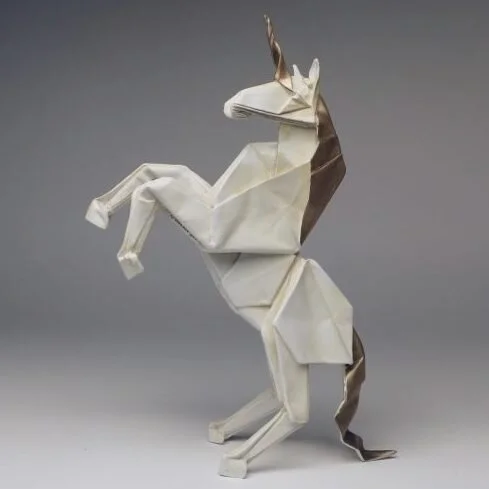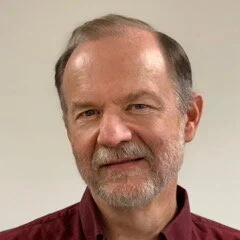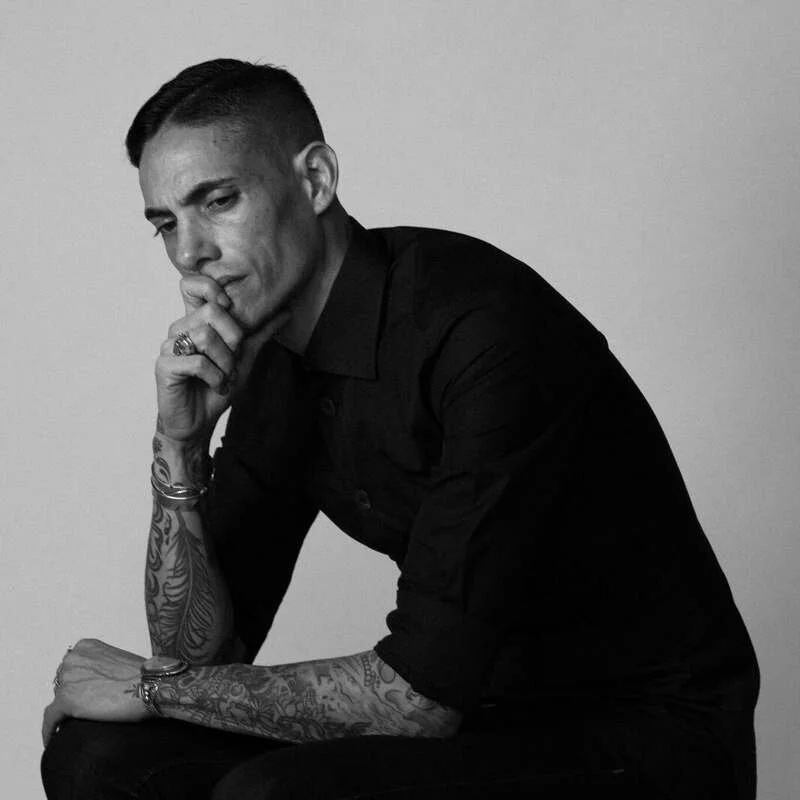On Work. Life, Culture & Creativity with JENNY BHATT
/Writer, Literary Translator, Book Critic & Host of Desi Books Podcast
People talk about the work life, the line between your work and your life and keeping them separate and keeping the balance. For me, it’s always been that my work defines who I am and who I am in my personal life also defines who I am at my workplace. I don’t know how you separate those identities because I take all my belief systems and who I am to my workplace.



















